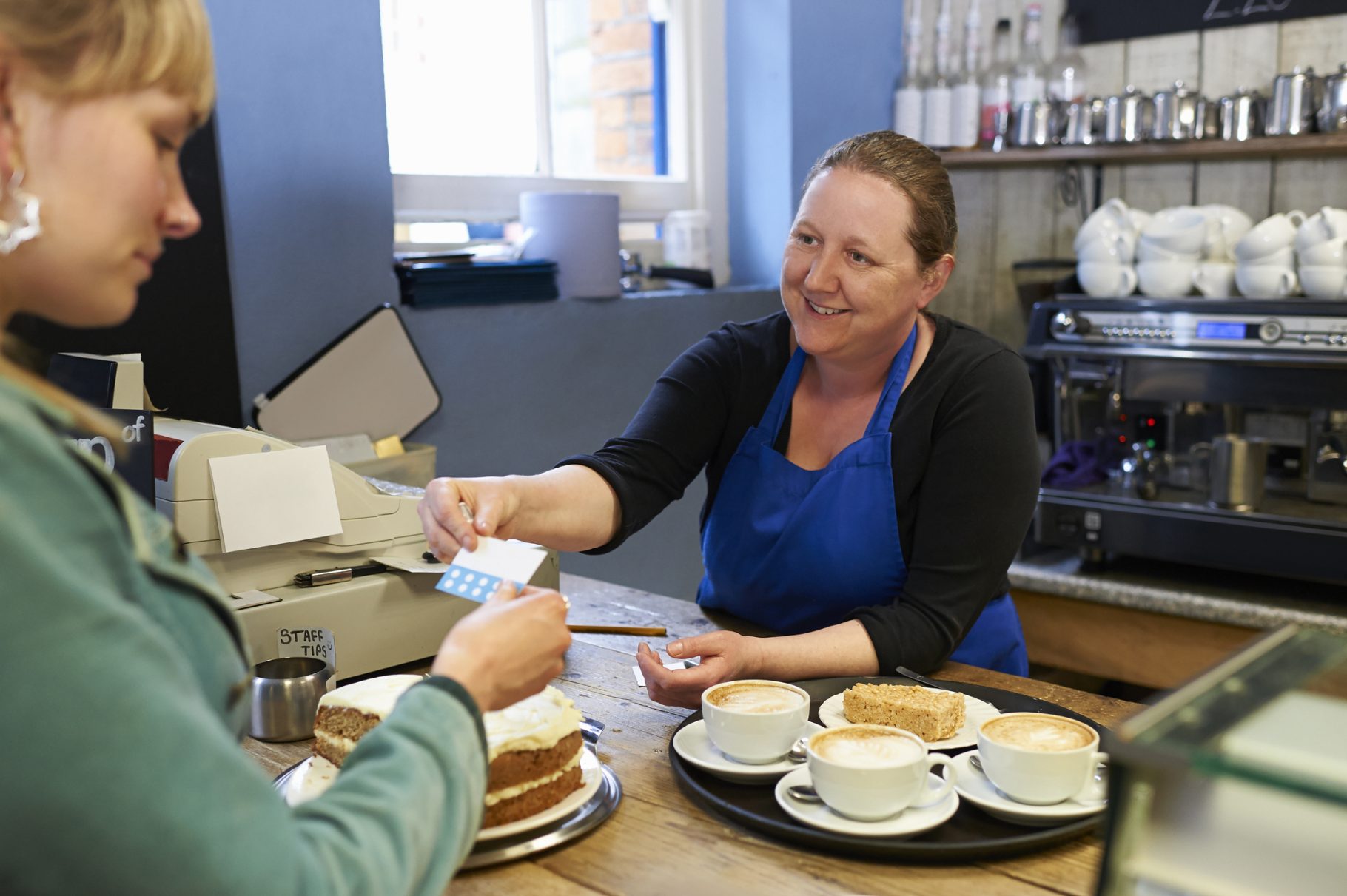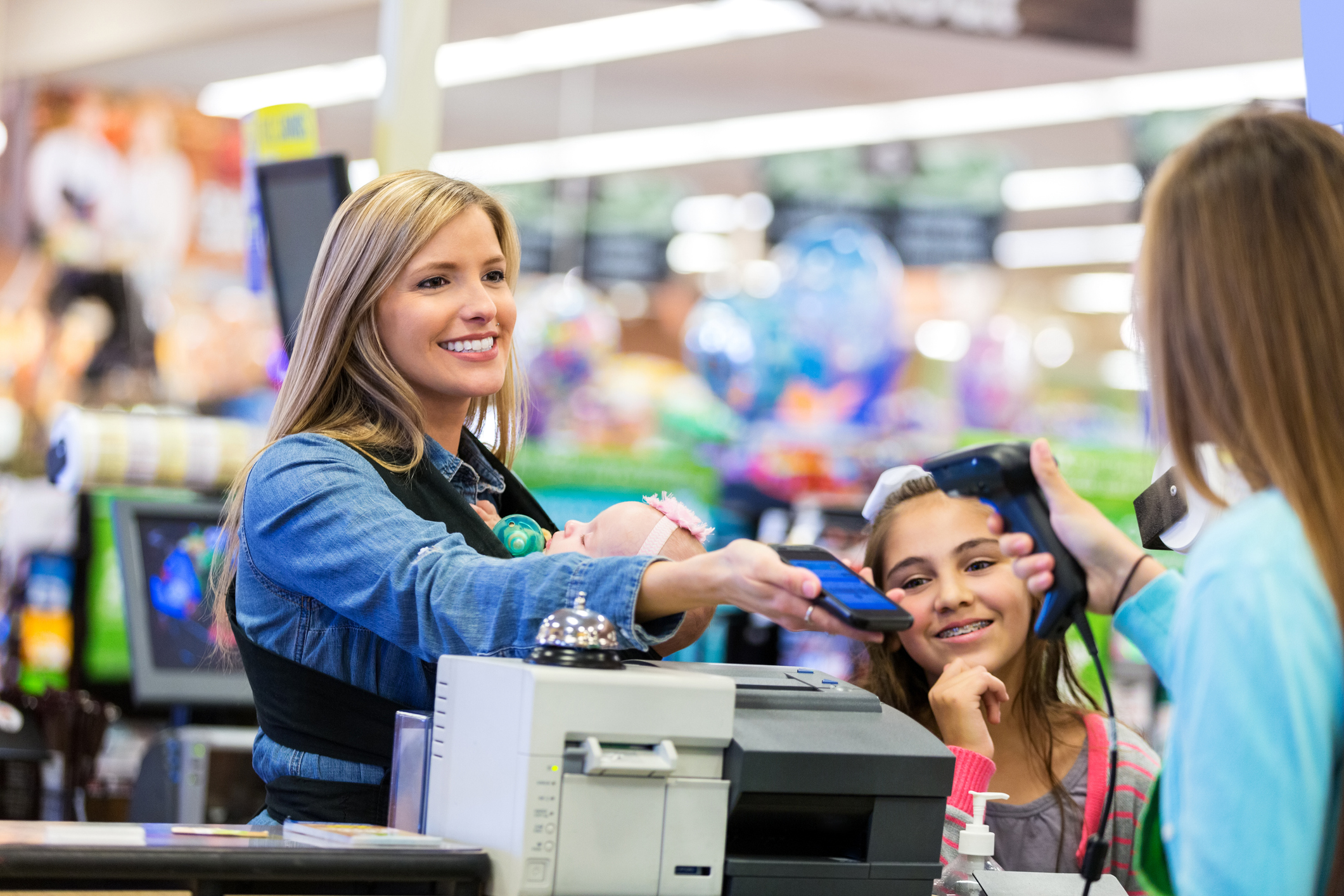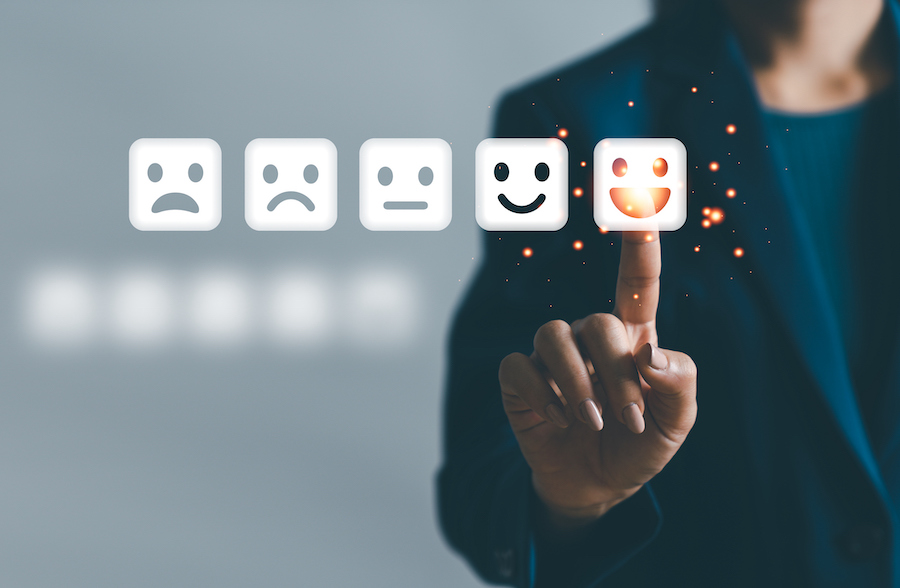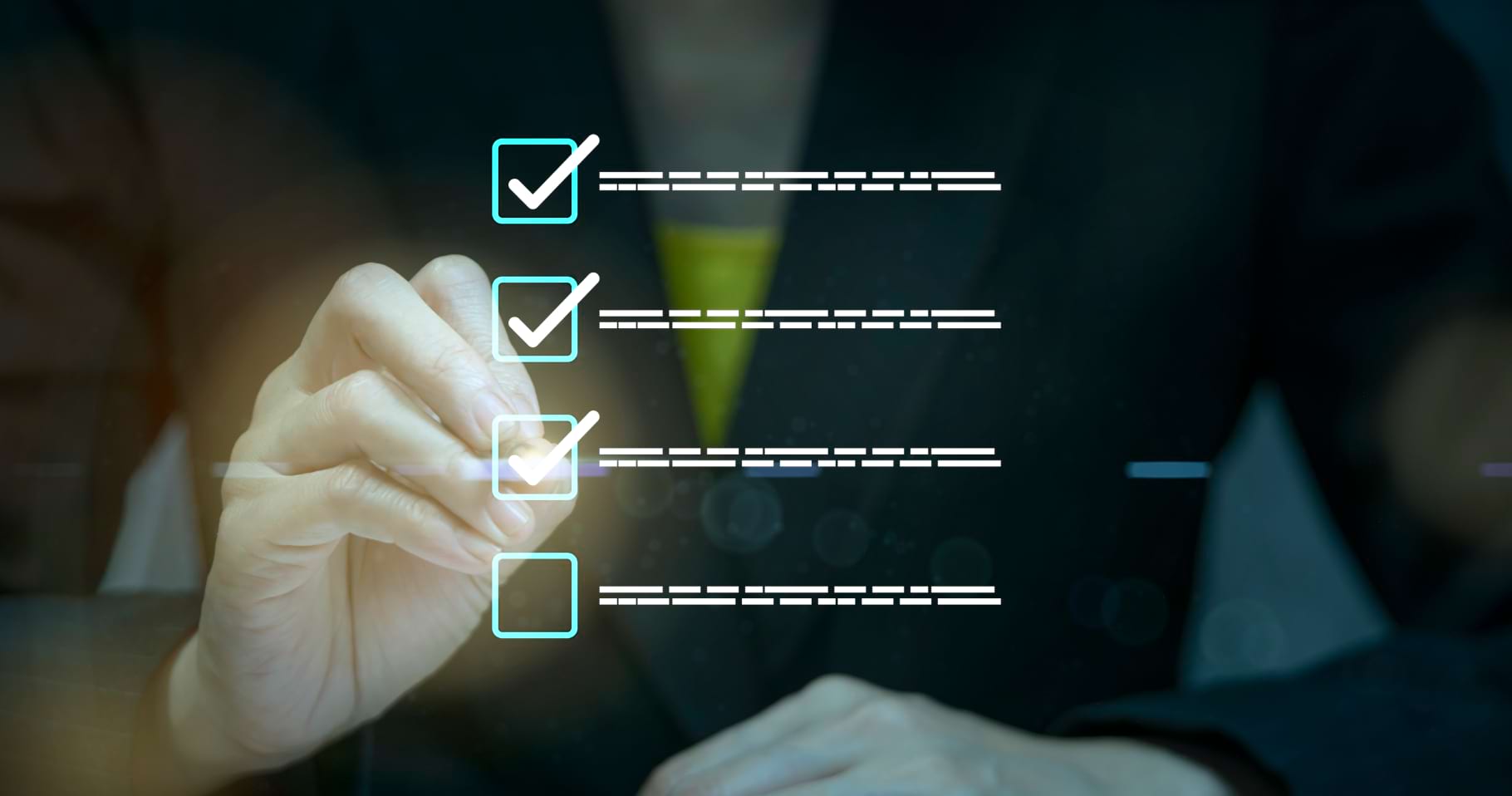Even when you build a CX strategy that includes all of the key drivers of customer loyalty, you must still find effective ways to measure customer satisfaction. You will gain insight by analyzing data. For example, you can use sales data associated with loyalty club members or that specifically included rewards redemption to gauge how effectively a promotion increased store traffic.
You can also evaluate loyalty to your brand overall with the Net Promoter Score® (NPS). Determining your business’s NPS is relatively simple. Ask customers just one question along the lines of, “How likely are you to recommend us to a colleague or friend?” Their answer gives you insights into how loyal your existing customers are to your company.
NPS also gives you a way to quantify that sentiment and track it over time. To find your NPS, count the people who respond a 9 or 10 on a 10-point scale or your “promoters.” Also, count up people who answer 6 or lower, your “detractors.” Then subtract detractors from promoters and divide by the total number of people you surveyed. Multiply by 100 to get your NPS represented as a percentage.
Whether you’re analyzing customer data after a promotion or campaign or seeing a change in NPS, look for indications that you need to enhance service quality, customer experiences, and the entire customer journey.







